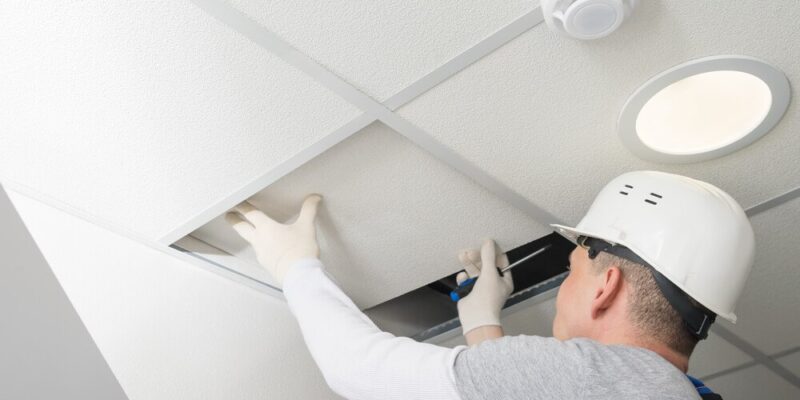Modern offices look sleek, open, and full of light—but let’s be honest, they can also be a little too noisy. Echoes, chatter, phone calls, and the hum of machines all bounce off those stylish glass walls and concrete floors. It’s not surprising that more companies are turning to acoustic wall panels to create quieter, more productive workspaces.
But where exactly should you install these panels to get the most benefit?
You don’t need to cover every wall to notice a difference. In fact, strategic placement can go a long way in absorbing unwanted noise and keeping things comfortable.
- Meeting Rooms and Conference Spaces
Let’s start with one of the most obvious areas—meeting rooms. These are places where ideas are exchanged, decisions are made, and clients are often present. So clarity matters.
In rooms with hard surfaces, sound can bounce around and make voices harder to understand. This can be especially frustrating during virtual meetings, where echo and poor sound quality disrupt the flow.
Installing an acoustic panel wall (particularly ones opposite glass or concrete surfaces) can:
- Reduce echo and reverb
- Improve voice clarity
- Help both in-person and remote participants hear better
Bonus tip: Go for panels that match your brand colours or use them as a design feature to give your meeting room some personality.
2. Open Work Areas
Open-plan offices are great for collaboration, but they can also get noisy quickly, especially during busy periods or when multiple conversations happen at once.
Efficient acoustic panels act like a sponge for sound, helping reduce overall noise levels without completely shutting down communication. They’re a great way to create a balance between openness and focus.
You can mount panels:
- Behind desks or seating clusters
- On walls near busy walkways
- Near shared printers or coffee stations
The idea is to soak up sound at the source and minimise its travel across the room.
3. Phone Booths or Private Call Rooms
Many modern offices now include small booths or enclosed areas for private calls. These spaces are often compact and have hard walls that reflect sound, leading to unpleasant echo or muffled voices.
Adding acoustic wall panels in these small rooms makes a big difference in:
- Improving voice quality on calls
- Reducing strain on the speaker
- Making the space feel more private
Because these rooms are small, you only need a few well-placed panels to create a much better acoustic environment.
4. Reception and Waiting Areas
First impressions count, and the reception area is often where that impression begins. It’s also a place where people chat, phones ring, and footsteps echo—especially if the space has high ceilings or minimal furniture.
Installing wall panels here not only improves acoustics but also enhances the overall look of the space. Choose stylish, fabric-wrapped panels or even custom prints to double as artwork. That way, you’re combining form and function—creating a quieter environment while still keeping things visually appealing.
It also helps receptionists and guests communicate more clearly, especially in busier offices.
5. Breakout or Lounge Areas
These relaxed spaces are meant for casual chats, lunch breaks, or quick team huddles—but when sound bounces around too much, they can quickly become disruptive to the rest of the office.
Placing acoustic wall panels in breakout areas helps:
- Contain sound within the space
- Stop noise from spilling into work zones
- Create a cosier, more relaxing atmosphere
You don’t have to cover every wall. A feature wall with decorative panels can work wonders while still keeping the design light and modern.
Why Placement Matters More Than Quantity
Some offices make the mistake of overloading their walls with panels, thinking more is always better. But acoustic treatment is more about where you place the panels, not just how many you use.
Sound tends to bounce off flat, hard surfaces like glass, metal, or concrete. So focusing on these areas—and especially where people gather, talk, or take calls—makes the most noticeable difference.
And remember, pairing acoustic wall panels with ceiling baffles, soft furnishings, or carpeting can enhance the overall effect.
Wrapping Up
You don’t need to transform your entire office to enjoy the benefits of better acoustics. By installing acoustic wall panels in just a few key areas—like meeting rooms, open-plan zones, or phone booths—you can create a more comfortable, focused, and professional work environment.
Think of it as giving your office a bit of peace and quiet, without sacrificing its modern, open vibe.






Comments